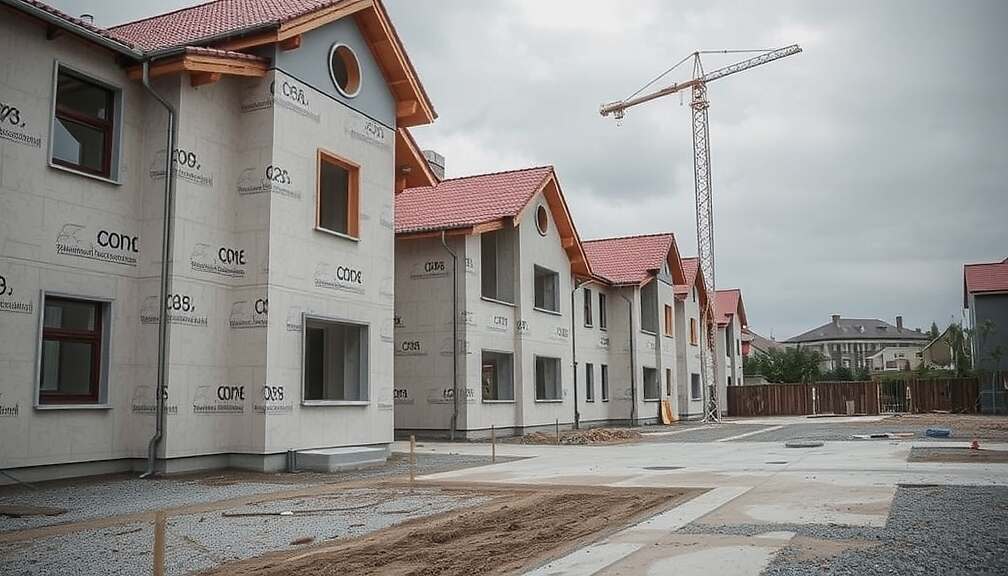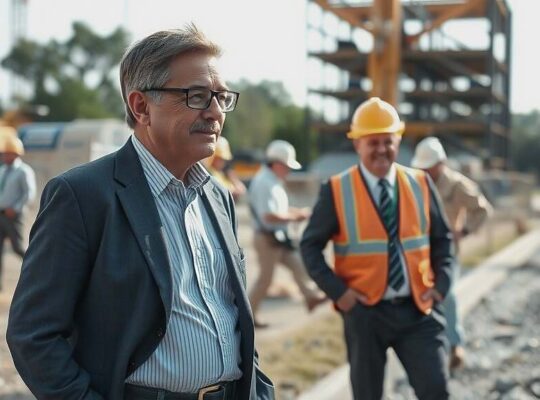Construction approvals for residential units in Germany surged in September 2025, signaling a potential shift in the nation’s housing market dynamics, although underlying complexities remain. According to data released Tuesday by the Federal Statistical Office (Destatis), 24,400 housing units received building permits last month, a significant 59.8% increase compared to September 2024. This impressive gain is partially attributable to a notably low approval rate of 15,300 units in September 2024 – the lowest monthly figure recorded since January 2012.
The recovery is largely driven by new construction. Approvals for new builds jumped 80.1%, adding 9,300 permits to reach 20,900 units. Conversely, approvals for residential units stemming from the renovation of existing buildings dipped slightly, falling 4.9% (180 units) to 3,500.
Looking at the January-September 2025 period, a total of 175,600 residential units received approval – 11.7% higher, or 18,400 units, compared to the same period in 2024. A particularly encouraging trend is the robust increase in newly constructed residential buildings, reaching 142,600 units, representing a 14.2% increase and adding 17,800 approvals. Single-family home approvals saw a pronounced rise of 17.4%, with 4,900 additional permits issued, while approvals for two-family dwellings edged down slightly by 2.8% (-270 units). Multi-family housing, consistently the dominant building type, recorded a substantial 13.0% increase (+10,700) in approvals, totaling 93,100 units. Student housing also witnessed significant growth, rising 55.9% (+2,400) to 6,700 units.
However, a less optimistic picture emerges from the number of residential units approved within new non-residential buildings. This category, encompassing spaces like caretakers’ apartments in schools or housing above commercial spaces in urban areas, saw a 14.5% decline, representing a decrease of 520 units, suggesting ongoing challenges integrating residential options within commercial developments.
While renovations of existing housing and non-residential buildings collectively increased by 3.9% (+1,100 units) when comparing January to September 2025 versus the same period in 2024, the overall data reveals a complex scenario. The surge in approvals, particularly new builds, might indicate a renewed investor confidence and a potential easing of the long-standing housing shortage. However, the relative weakness in approvals for residential units within non-residential structures and the nuances within different housing categories necessitate a cautious interpretation. Political pressure to rapidly address affordable housing remains significant; these figures will be closely scrutinized to assess the effectiveness of current policy and potential adjustments needed to ensure a more equitable and sustainable housing landscape.












